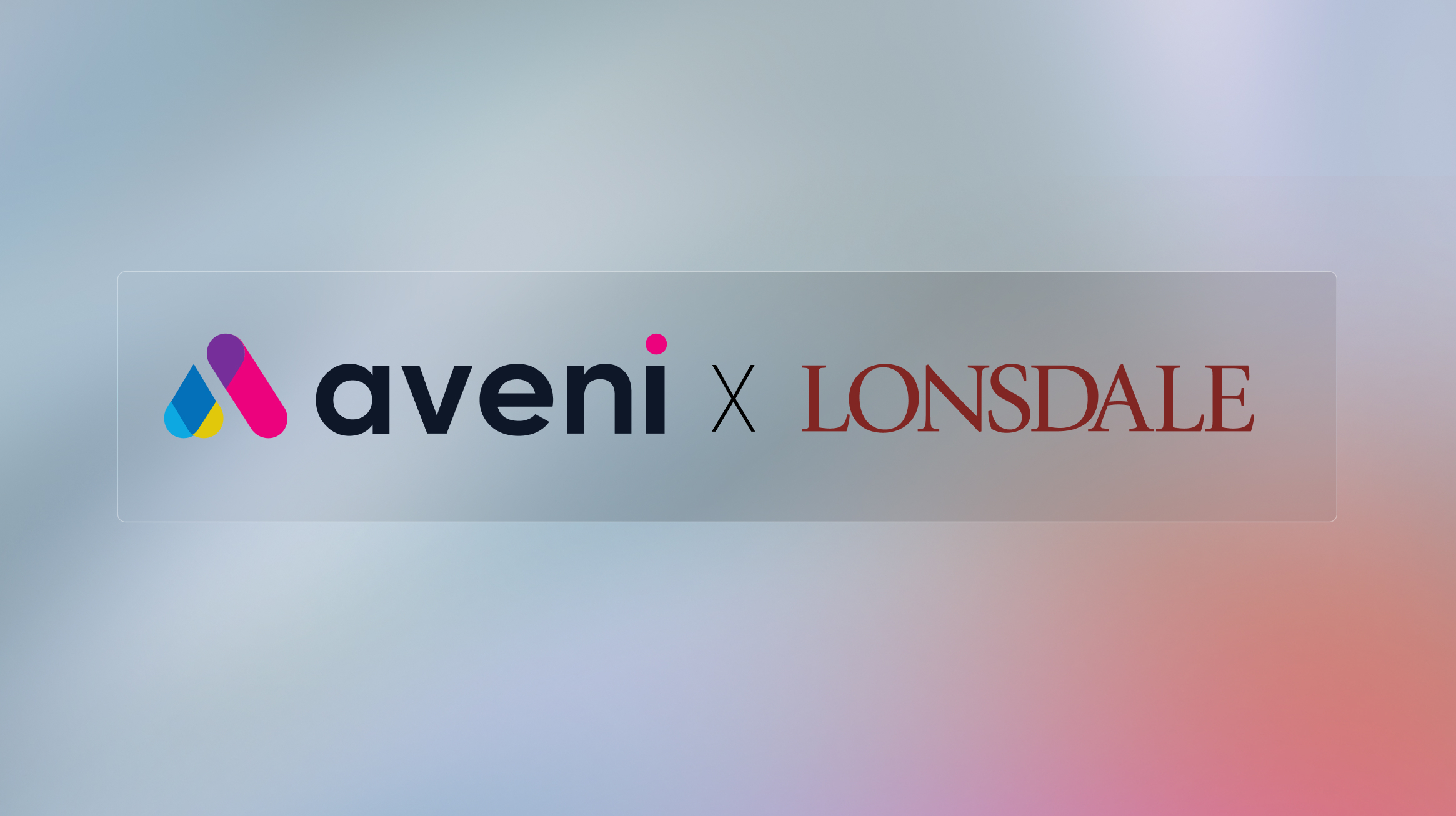Artificial Intelligence (AI) has been a hot topic, not just in finance but in homes and businesses across the world. From whipping up long paragraphs in seconds to translating languages, and even generating headshots for our LinkedIn profiles, we’ve really put it to work!
Unfortunately, AI doesn’t always hit the mark. Navigating the AI landscape isn’t all about dropping in prompts and enjoying the benefits of the model’s output. Generative AI is fallible, and one of biggest challenges is that it can hallucinate.
What exactly does that mean? Let’s break it down:
Help! My AI is Hallucinating
AI Hallucination is when the system creates false or misleading information, presenting it as if it’s true. These often unexpected results aren’t supported by the information it’s learned from its given data, and can be a huge problem if you don’t know that the response is false.
For instance, when we asked a popular large language model about Aveni CEO Joseph Twigg’s bio, it wrongly claimed he worked at Accenture, even though he never had any official work experience with the company!
Google’s Bard claimed the James Webb Space Telescope took the first pictures of a planet outside our solar system. As you might guess, this information is inaccurate and completely made up.
You get the drift.
Whilst creating fictional job experiences or world facts might seem funny, these hallucinations can cause serious problems in real-world situations. They can lead to wrong decision making, spread false information, and even severe harm.
AI Hallucination and Financial Services
Integrating AI into the financial service industry brings the promise of growth and innovation. For example, firms are using Aveni’s Generative AI and Natural Language Processing (NLP)-based technology platform to boost productivity of their financial advisers and wealth managers, and strengthen risk assurance capabilities.
In an industry that is so data-centric, the possibility of AI hallucinations means that we need to be vigilant to the risk it poses to the stability and integrity of the industry.
The financial services sector relies heavily on trust but AI hallucinations undermine it, introducing unreliability and inaccuracy. If an AI were to produce data that was based on falsely perceived patterns and insights, any decision based on this information could result in substantial losses across the board. From individuals to businesses to entire markets, the ramifications are significant and dangerous.
Financial decisions influenced by AI hallucinations can also increase existing biases. If the AI develops a skewed understanding of certain demographic groups or market behaviours, it could lead to biased lending practices, unequal access to financial services, and an overall lack of fairness in the financial ecosystem.
AI hallucinations can also introduce security vulnerabilities into financial systems. If the AI generates misleading information or makes decisions based on imagined threats, it could open avenues for exploitation by malicious actors.
To stay safe from these risks, it is important to establish strong monitoring systems, promote transparency, and consistently improve AI models. Luckily, we have methods to help us implement these safety measures, and traceability is one of them.
Traceability as guard against AI hallucination
Traceability is essentially the digital footprint of an AI system. It gives us the ability to track and explain an AI’s processes, including the data it uses and the decisions it makes to ensure transparency, accountability, and trustworthiness.
It’s like keeping tabs on where an AI model has been and what it’s learned. This is essential when it comes to understanding AI and the path it takes to outputting data. If your AI suddenly starts making decisions that seem out of the ordinary, traceability helps you follow its “footsteps” so that you can work out what went wrong. Traceability is key to building trust, providing transparency into the AI’s learning journey so that you can more easily verify its decisions. It’s why traceability is integrated into all of Aveni’s AI solutions. We’re supporting our customers with reality, not illusions, to ensure that AI is a valuable and reliable part of your tech-driven journey. We safeguard against biased or misleading outcomes to protect you from real-world consequences.
Traceability not only helps to identify and correct hallucinations, it also contributes to the ongoing improvement of AI systems. It enables refinement and allows us to enhance our systems so that we can continue to fundamentally change the industry.






